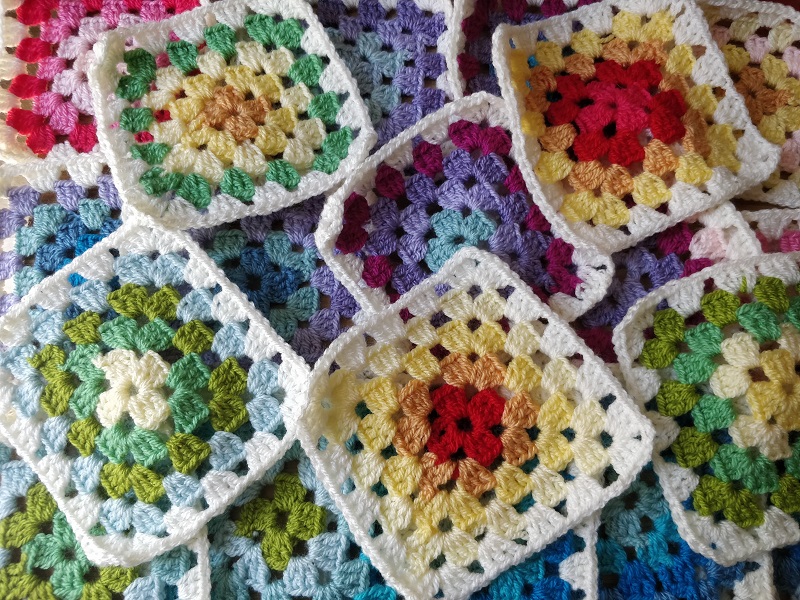How to Refresh Your Garden for Summer: Top Tips for a Vibrant Outdoor Space

Preparing your garden for summer can transform it into a lively and welcoming area. The process is not complicated and can be enjoyable. This guide provides practical advice to refresh your garden, ensuring it is vibrant and ready for summer gatherings.
Assess Your Garden’s Current State
Before making changes, take a close look at your garden’s current condition. Check for any damage caused by winter weather, such as broken branches or dead plants. Remove debris, weeds, and any leftover leaves from last season. This will give you a clear view of what needs attention.
Consider the layout of your garden. Identify areas that get the most sunlight and those that are shaded. This knowledge will help you decide which plants to keep and which new ones to introduce. A thorough assessment will lay the foundation for a successful garden refresh.
Soil Preparation and Fertilisation
Healthy soil is the cornerstone of a thriving garden. Start by testing your soil to understand its pH levels and nutrient content. You can purchase a soil testing kit from a garden centre or hire a professional to do it for you. Based on the results, you can adjust the soil’s pH and add the necessary nutrients.
Adding compost or well-rotted manure will improve soil structure and fertility. Spread a layer of compost over your garden beds and gently work it into the soil. This organic matter provides essential nutrients and helps retain moisture, giving your plants a strong start.
Choosing and Planting Summer Flowers
Selecting the right flowers will ensure your garden bursts with colour throughout the summer. Choose a mix of annuals and perennials for a variety of textures and colours. Popular choices include marigolds, petunias, and geraniums, which are known for their vibrant blooms and easy maintenance.
When planting, follow the spacing recommendations for each plant. This allows them room to grow and reduces the risk of disease. Water the plants thoroughly after planting and apply mulch around the base to retain moisture and suppress weeds. Regular watering and feeding will keep your flowers healthy and vibrant.
Dealing with Common Garden Pests
Garden pests can quickly ruin your hard work, so it’s important to address them promptly. Aphids, slugs, and snails are common culprits that damage plants. Introduce natural predators like ladybirds and lacewings to control aphid populations. For slugs and snails, use barriers such as crushed eggshells or copper tape around plant bases.
Another common issue is rust on garden tools and structures. If you notice rust, it’s crucial to treat it promptly to prevent further damage. Using a specialised product like Neutrarust can help treat rust effectively, ensuring your tools and garden structures remain in good condition.
Pruning and Trimming
Regular pruning and trimming are essential for maintaining healthy plants and encouraging new growth. Start by removing any dead, diseased, or damaged branches. This not only improves the appearance of your plants but also prevents the spread of disease. For flowering shrubs, prune them right after they have bloomed to ensure they produce flowers the next season.
When trimming hedges and bushes, use sharp, clean tools to make precise cuts. This will help the plants heal quickly and maintain their shape. Regular trimming keeps your garden looking tidy and well-maintained, which is especially important during the summer when plants grow rapidly.





